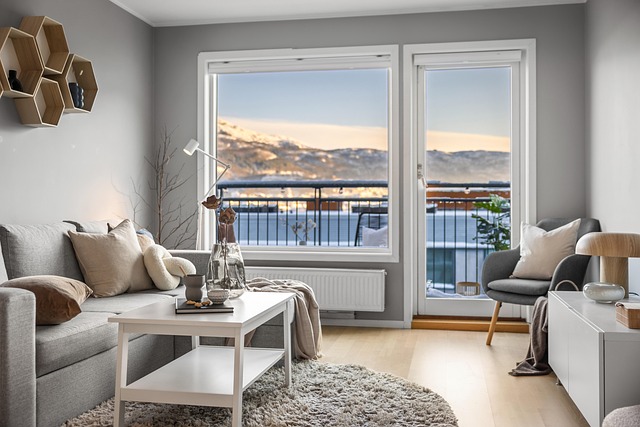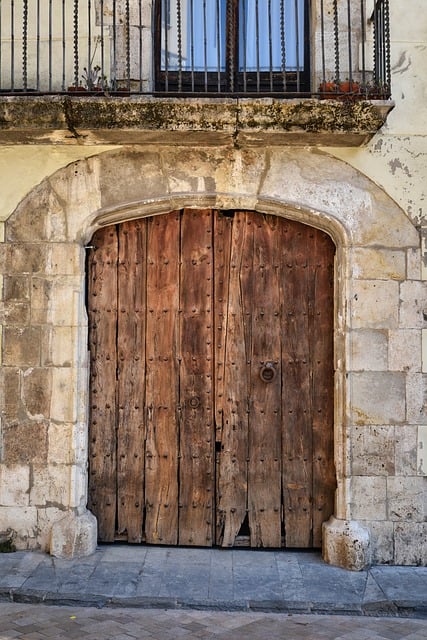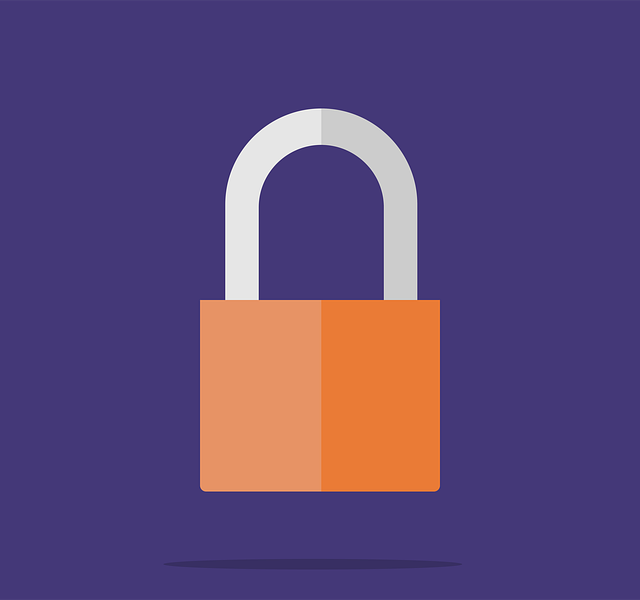Senior home safety systems are evolving rapidly to cater to the specific needs of an aging population. Key innovations include medical alert systems for quick assistance and fall detection devices that automatically notify emergency services. Smart home features like security cameras and motion-activated lights offer remote monitoring and enhanced lighting without excessive movement, while tailored emergency response systems provide supportive environments for each senior's unique requirements. These integrated solutions enhance safety, independence, and well-being for elderly individuals.
In today’s digital era, ensuring the safety and well-being of seniors at home is paramount. Customizable safety features cater to unique senior requirements, enhancing their independence and peace of mind. This article explores comprehensive senior home safety systems, from medical alert devices and fall detection technology to smart home innovations like security cameras and motion sensors. Discover how these integrated solutions prepare for emergencies and provide round-the-clock monitoring for elderly care.
- Understanding Senior Home Safety Systems: Tailoring Solutions for Unique Needs
- Medical Alert Systems and Fall Detection Devices: Ensuring Rapid Response
- Smart Home Technology for Elderly Care: From Security Cameras to Motion Sensors
- Emergency Response Preparedness: Comprehensive Systems for Peace of Mind
Understanding Senior Home Safety Systems: Tailoring Solutions for Unique Needs

Senior home safety systems are becoming increasingly vital as our population ages. With unique needs and varying levels of mobility, understanding how to tailor security solutions is key. Elderly home monitoring offers a range of options from medical alert systems for seniors, which provide immediate assistance at the push of a button, to fall detection devices that can detect falls and automatically notify emergency services.
Smart home safety for elderly individuals also includes senior-friendly security cameras, allowing family members to check in remotely, and motion sensor lights for seniors, ensuring adequate lighting without requiring them to move around too much. Emergency response systems for elderly people further enhance safety by providing rapid assistance during medical emergencies. By combining these technologies, we can create a safe and supportive environment tailored to the specific needs of each senior.
Medical Alert Systems and Fall Detection Devices: Ensuring Rapid Response

Senior home safety systems have evolved significantly to cater to unique requirements of the elderly, with a focus on ensuring rapid response in emergencies. Medical alert systems for seniors and fall detection devices are at the forefront of these innovations. These advanced technologies serve as lifelines, enabling immediate assistance when needed most.
Elderly home monitoring has become more accessible thanks to smart home safety for senior-friendly security cameras and motion sensor lights. Such devices not only enhance visibility but also act as deterrents, promoting a sense of security. Combined with emergency response systems for elderly, these safety measures ensure that help is on the way promptly, should any incident occur, especially falls which can be life-altering for seniors.
Smart Home Technology for Elderly Care: From Security Cameras to Motion Sensors

The integration of smart home technology has revolutionized elderly care, offering a range of solutions to enhance senior home safety systems and ensure their well-being. One of the key components is the use of security cameras tailored for senior-friendly environments. These cameras can be strategically placed around the house, providing peace of mind for both caregivers and families. They offer remote monitoring capabilities, allowing loved ones to check in at any time, ensuring the elderly individual’s safety and addressing potential concerns promptly.
Additionally, motion sensors play a vital role in smart home safety for the elderly. These devices can detect unusual activity or inactivity, which is particularly useful in fall detection devices designed specifically for seniors. Smart home lighting systems equipped with motion sensors can also assist in preventing accidents by automatically turning on lights when someone enters a room, ensuring better visibility and stability for elderly residents, thus contributing to overall senior-friendly security cameras and motion sensor lights for seniors. Emergency response systems are another critical aspect, providing quick assistance during emergencies through medical alert systems for seniors.
Emergency Response Preparedness: Comprehensive Systems for Peace of Mind

Emergency Response Preparedness plays a pivotal role in ensuring the safety and well-being of seniors in their homes. Comprehensive senior home safety systems, integrating medical alert devices, fall detection technologies, and smart home monitoring, offer peace of mind for both residents and caregivers. These innovative solutions enable immediate assistance during emergencies, with features like automatic fall detection triggering alerts to emergency services or pre-programmed contacts.
Elderly home monitoring has evolved significantly, leveraging smart home security cameras designed with senior-friendly features. Motion sensor lights that activate gently, avoiding startling seniors, and easy-to-use control panels tailored for their needs, enhance independence while ensuring safety. Such systems provide a proactive approach to emergency response, fostering a secure environment where seniors can live comfortably and with confidence.
Customizable safety features tailored to senior requirements are transforming home environments into secure havens. By integrating medical alert systems, fall detection devices, and smart home technology, families can ensure rapid response times in emergencies. Senior-friendly security cameras and motion sensor lights enhance peace of mind, fostering a safer and more comfortable living space for the elderly. Embracing these innovative solutions empowers seniors to maintain independence while ensuring comprehensive emergency response preparedness.
